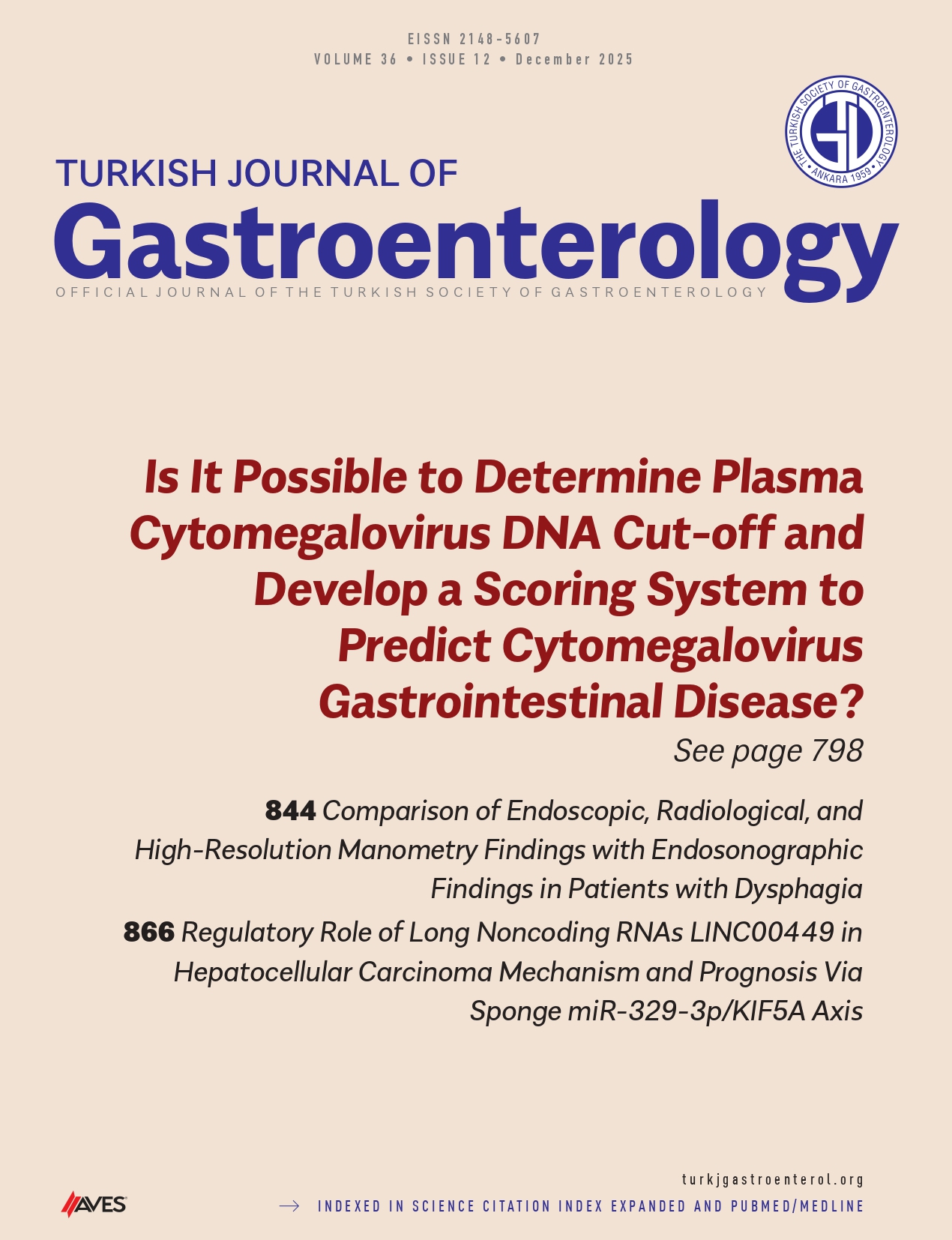Abstract
Background/Aims: We investigated the risk of abdominal operation in patients with fatty liver and the risk of any cancer in first-degree relatives of patients with fatty liver.
Materials and Methods: We evaluated 105 patients with nonalcoholic fatty liver disease (NAFLD), 121 patients with biopsy-proven hepatitis C (61 patients with fatty liver and 60 patients without fatty liver), 50 patients with inflammatory bowel disease (IBD), and 109 patients with dyspepsia.
Results: There was no difference in sex, mean age, and marital status among the groups except that patients with IBD were younger than the others (p<0.001). The frequency of cancer among family members was 18% in IBD, 9% in dyspepsia, 28% in hepatitis C with steatosis, 21.5% in hepatitis C without steatosis, and 27% in NAFLD (p=0.006). Then, we divided the study group into two groups as follows: group 1: (IBD + dyspepsia + hepatitis C without steatosis) and group 2: (hepatitis C with steatosis + NAFLD). We found that the frequency of cancer was 16% in group 1 versus 24.4 % in group 2 (p=0.037). We also investigated the risk of abdominal operation in patients with fatty liver. The results were as follows: 33% in group without fatty liver versus 43% in group with fatty liver (p=0.043).
Conclusion: Understanding the underlying causes of fatty liver forms might decrease the cancer frequency in the population and number of operations in patients with fatty liver.




.png)
.png)